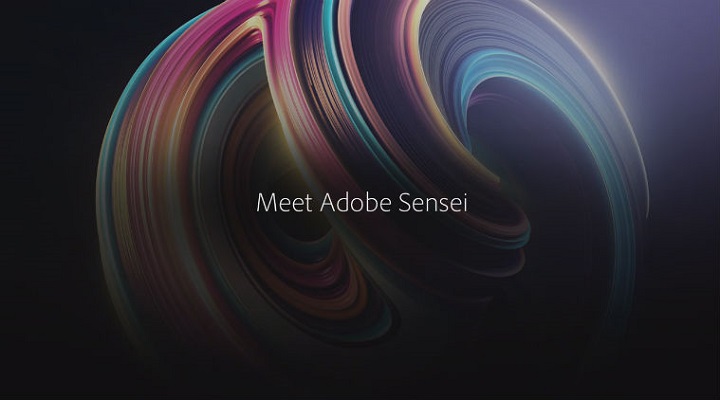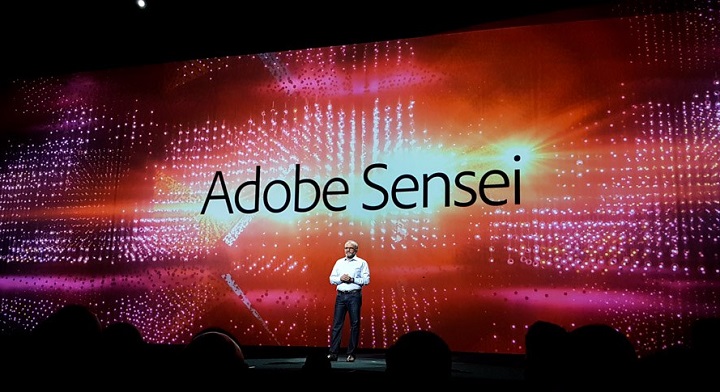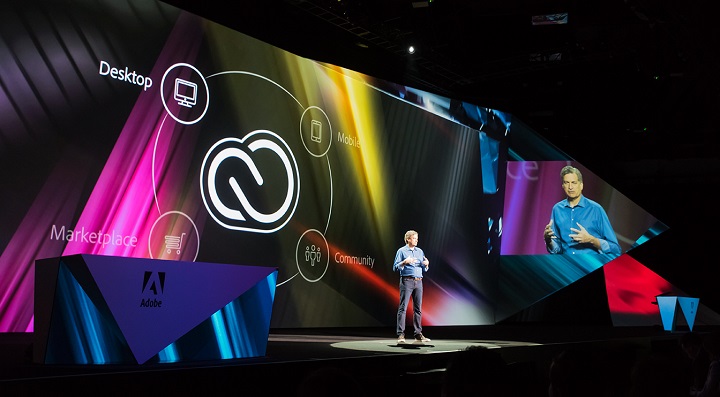Adobe Dabbles With AI, Says it Wants to Use it to Increase Creativity And Intelligence
Artificial Intelligence is becoming the next big innovation and tech companies are starting up their plans to develop and use this technology for commercial use, such as usage in voice assistants and smartphones. One of the companies that are optimistic about the promises of AI is Adobe.
Last year, during the MAX conference Adobe held annually, the company introduced the Adobe Sensei. Adobe Sensei is the company’s new AI and machine learning-based platform. The idea is to combine Adobe’s expertise in working with videos, documents, photos, and marketing data with that of a unified AI and machine learning framework. The plan of Adobe was to give their products more intelligence, whether it’s through smarter analytics or machine learning. And just like how Microsoft and Google wanted all their products to eventually have intelligence, so does Adobe promises that this framework will be embedded in all their products in the future.
A good example of it working is Photoshop and Adobe Stock’s “search by image” feature. This works similarly like Google Images and Adobe wants the public to think of it as a “unified AI framework.”
Adobe’s Abhay Parasnis told TechCrunch in an interview last year.
“At the top-most level, we have always been focused around what are the set of technology investments and product investments we can make that are ultimately aimed at improving the digital experience.”
He also added that they’re
“a deep technology product company”, but they have “to be in service of really driving the experience innovation across the three products: Creative, Marketing and Document Cloud.”
Parasnis argued that the Sensei is their most “strategic bet” because of what they can expect from it in the future. This is a very optimistic thing to say and this bet is very likely to pay-off due to the focus the tech industry is putting on AI technology. he also described the Sensei as a system that continuously learns via their user’s behavior across all their products.
For this, Parasnis said that the company made use of some open-source tools like TensorFlow, Spark, and Torch and combine all those together to form a single framework. He also said that he believes that those intelligence system that has deep domain knowledge are the ones that will be very successful in the future. Parasnis also said that Sensei will be able to work with other company’s products in the future, specifically Microsoft’s. This is in line with Adobe’s recent announcement that they prefer Microsoft Azure as its public cloud provider.
This year, in their MAX conference, Adobe gave more information about Sensei and what it means when they said they want to integrate Sensei into their products. Paranis told the people in the press conference after it that they’re not making a “general purpose AI platform” but rather an AI that can aid the users of their products by having Sensei learn about how these people work.
“We have a very deep understanding of how creative professionals work in imagining, in photography, in video, in design and illustration,” he said. With this knowledge, Adobe wants to harness AI to create algorithms that can assist their customers. David Nuescheler, from Adobe Lab, demonstrated in the conference how Sensei might be able to help users search for images based on the subject you are looking for.
They also demonstrated Creative Graph. A unique feature that lets Sensei keep tracks of the decision it makes. It also lets you backtrack each decision and have Sensei display how other decisions would have affected the final outcome without making any changs to the current version of your product.
Adobe Sensei shows much promise and innovation. But it would probably take time before they can actually gather sufficient data from their users for Sensei to develop sufficient knowledge. Adobe plans to create more features that use Sensei.


